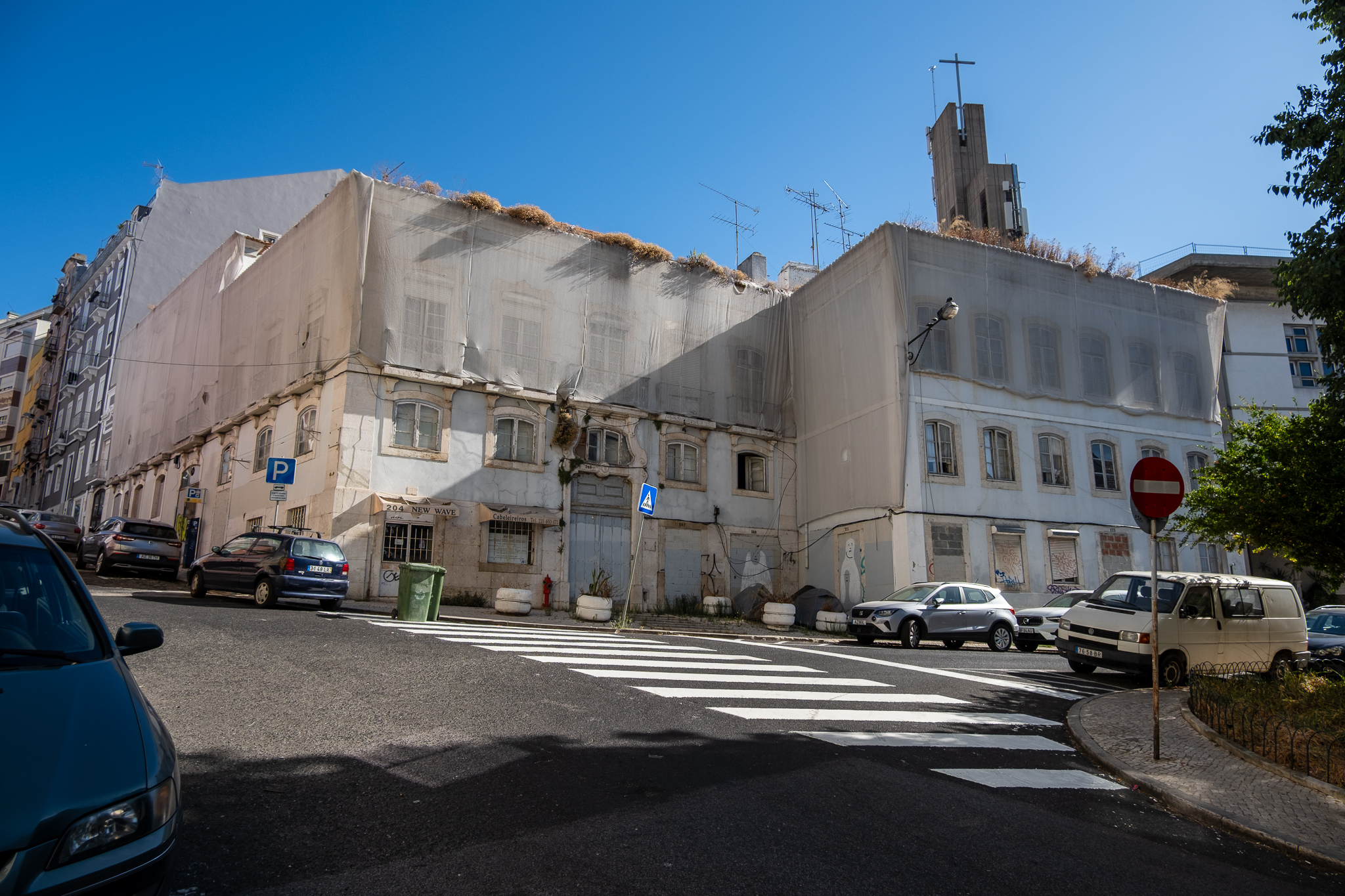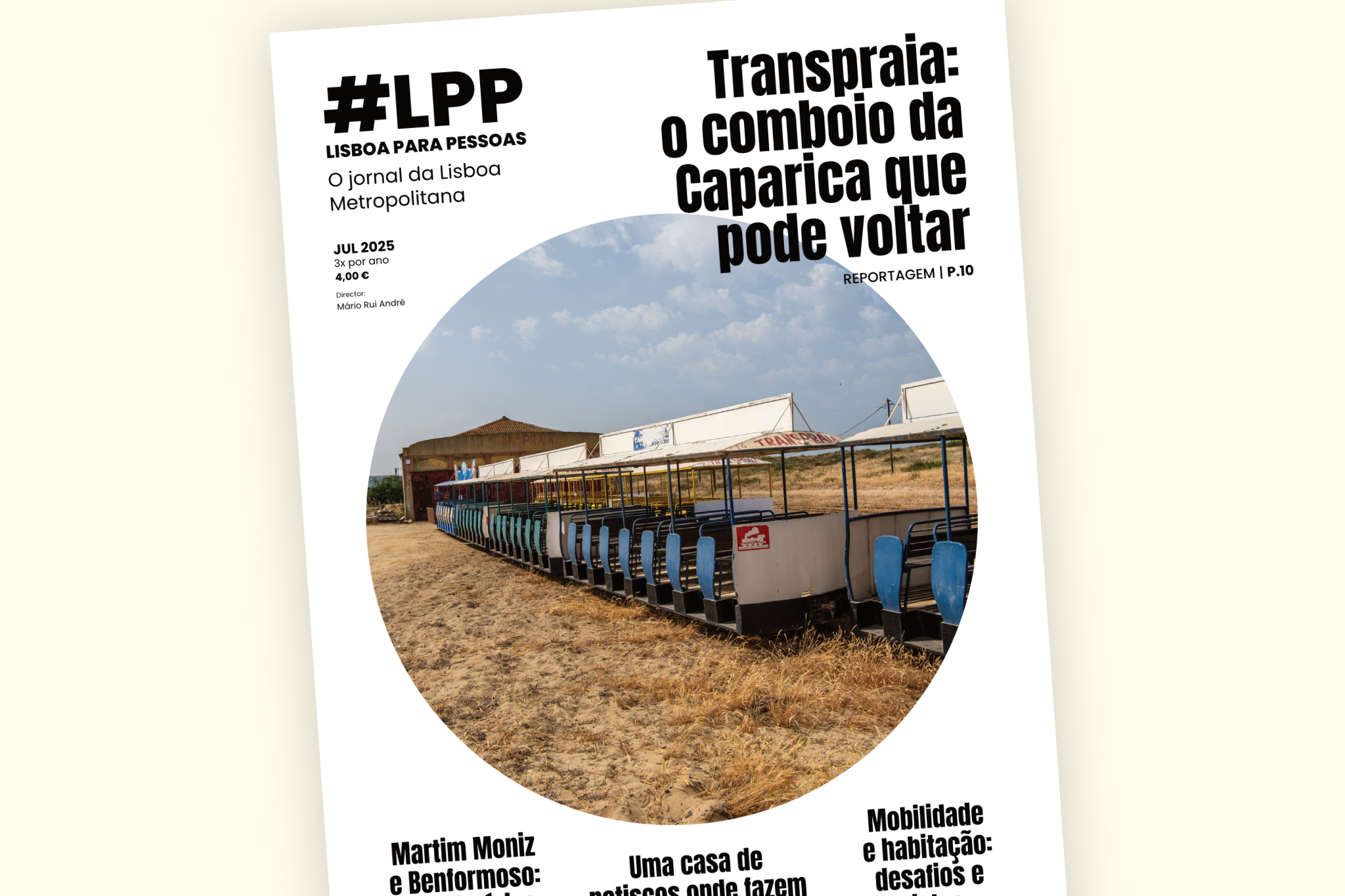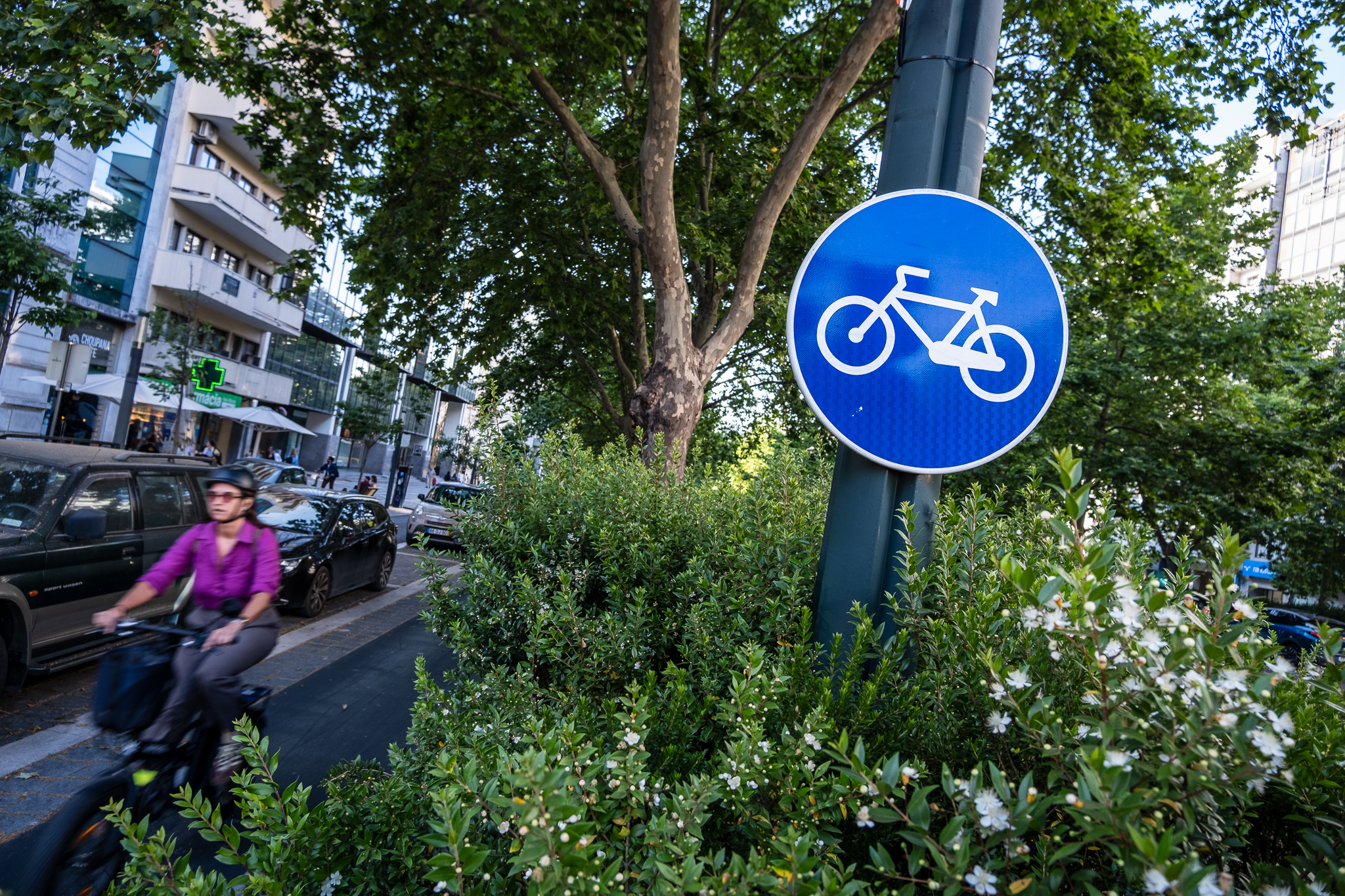At the well-known Alcântara junction, the car is king. And whoever wants to cross the sea of asphalt and the train line has to go through a dirty, dark, smelly tunnel. CML has already approved a proposal to requalify that underground pedestrian passage, which has been its responsibility since 2005.

Those who take public transport, walk or cycle through the Alcântara area have to pass through a degraded underpass if they want to go from the riverside area to the more central part of Alcântara, and vice versa. On the surface, the car rules: there are few pedestrian crossings and the existing ones do not allow you to go from one side to the other without using the tunnel. There is also the barrier created by the train line.
On July 14th, in a city council meeting, a proposal presented by the PCP councilmen was unanimously approved for the "rehabilitation, requalification and revitalization of the Alcântara Underground Pedestrian Passage". According to the text of the proposal, consensual among all the party forces, it is intended that the municipality initiate "recovery process of the Alcântara Underground Pedestrian Passage, in order to provide it with adequate conditions of use in terms of safety and salubriousness and to mobilize adequate means to guarantee its future maintenance". The proposal also includes the start of a study and requalification project for the entire Alcântara area, "in obedience to the Alcântara Urbanization Plan and in articulation with the recommended LIOS network, contemplating a sustainable alternative to the current underground pedestrian passage and the precarious connections used today".


An environment that is poorly lit and therefore unsafe for many people; escalators that have not worked for too long and where trash accumulates; no elevators or other alternative for people with reduced mobility and child seats; graffiti that hides the urban art murals that were painted there a decade ago...puddles of water as a result of the cleaning up that has been done there; a café that closed its doors in 2013 and never had another occupation; evidence and reports of drug use... In short, an uncomfortable environment that many people have to live with on a daily basis: people who commute between the Alcântara-Terra and Alcântara-Mar stations; people who need to access the Alcântara-Mar station because there are no pedestrian crossings on the surface; Carris passengers who need to cross Avenida da Índia to catch the bus on the other side; people who simply want to go from the riverfront to the inner part of Alcântara, and vice-versa.




The Alcântara underpass was inaugurated in 1972, along with two metal car bridges over the train, eliminating the level crossing existing at that point of the Cascais Line. After years under the management of CP and Refer (now IP), the tunnel was taken over in 2005 by the Lisbon City Hall, which, in 2013, under the presidency of António Costa, promised to launch a public tender for a thorough rehabilitation of the tunnel. Two ramps were promised at each end of the tunnel, allowing wheelchair and bicycle access; a new commercial establishment was promised to replace the closed coffee shop, a PSP support post, and public toilets. Nothing has advanced. Neither did the elevators that Refer (today IP) promised to install to improve access to the station's piers.

In that year, the Lisbon Municipality made only a few improvements of quick thinksuch as cleaning and correcting the lighting."We want this to be a stopping place for tourists. That it has a nice cafe, a bookstore, and a tobacco shop.", stated in 2013 João de Sá Machado, coordinator of the municipality's Western Territorial Intervention Unit, to the newspaper Público. "We're interested in this becoming a place to be, more than a place to pass through."
Today, the Alcântara underpass is still a place you don't want to be, or pass through - but there is no alternative. The two metal bridges built over the Cascais Line, which have two lanes of traffic and no sidewalks, could have already been intervened upon with a low-cost project to allow for the safe circulation of bicycles and pedestrians, creating a fast alternative to the tunnel and eliminating the barrier that people with reduced mobility currently have in that area. Moreover, reports of degradation of the underpass have been repeated over the years. In 2009, the Diário de Notícias wrote about the "misery of Alcântara; in 2013, a user of that infrastructure denounced in a blog the scenario of "destruction and vandalism"; more recently, this year, the newspaper Mensagem wrote that the tunnel "is as it was a decade ago, abandoned".




In 1991, it was complemented with an overpass directly connecting the two Alcântara railway stations, with pedestrian walkways to facilitate pedestrian mobility; but all this equipment was finally demolished in 2008 due to to its advanced state of degradation and abandonment. Now, it is planned to connect the Cascais Line with the construction of a new station in Alcântara, underground, connected to the future interface of the Metro and LIOSHowever, this project - foreseen in the National Investment Plan (PNI) 2030 - still has no dates and no funding foreseen.
It is certain that with the arrival of the Metro at Alcântara, with the construction of LIOS - the light surface metro that will connect Oeiras and Amadora - with the new railway station, and with the reorganization of all the public space - foreseen in the Urbanization Plan - Alcântara should become one of the most important intermodal interfaces in the city in the future. For now, there are immediate problems to solve. The proposal approved by the Lisbon City Council in July recognizes that, "independently of the interventions presupposed in the zone in question by supra-municipal entities, (...) it is possible for the Municipality to advance in the requalification of the public space along the streets of Cascais, João Oliveira Miguens and Avenida de Ceuta in the surroundings of the Alcântara-Terra station, as well as in the structuring intervention in Avenida da Índia/connecting to Avenida de Brasília".

The text of the proposal also indicates that the pedestrian route between the two train stations has no "the proper safety conditions, namely in Rua Prior do Crato (without a crosswalk), in the strangulation of the sidewalk in Rua de Cascais and finally in the Pedestrian Underpass (very degraded)". It is recognized that "the Alcântara Underground Pedestrian Passage does not currently meet the adequate conditions of use for the passages to the river side and ensure the use, daily, by the hundreds of people who use the trains or by those who walk to work or to enjoy the leisure areas".






